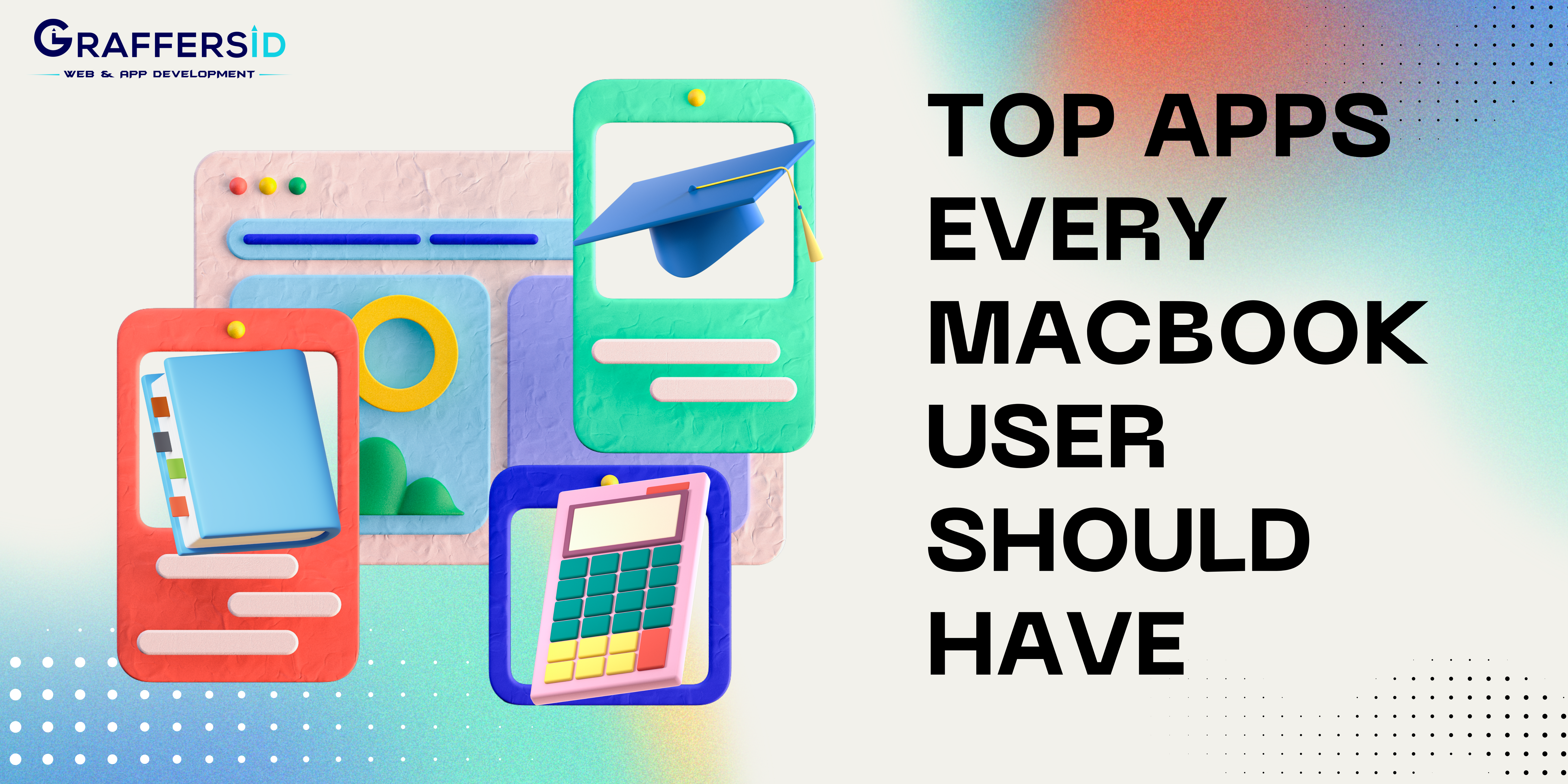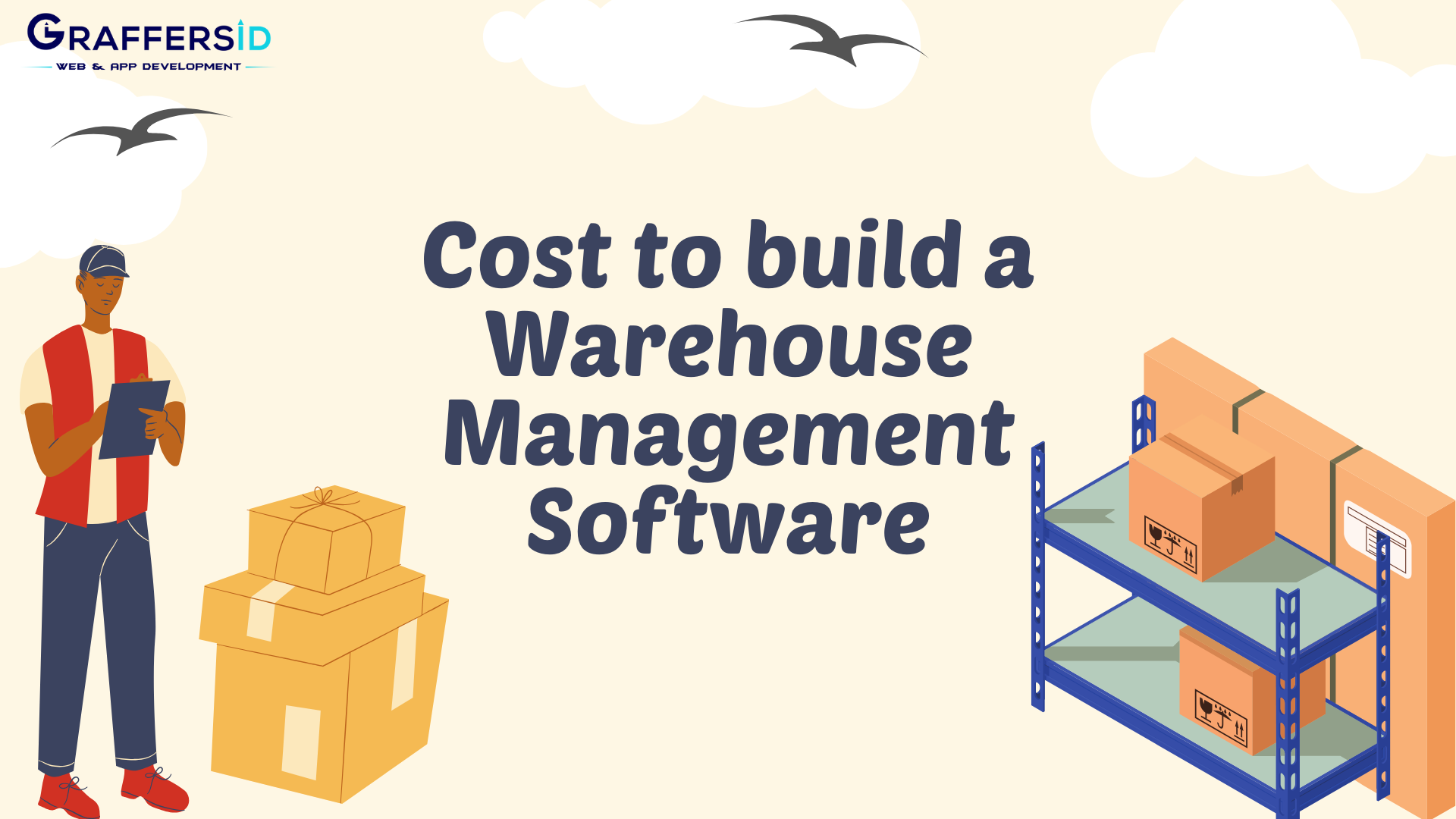A low-code development platform is software that automates the process of creating applications. It provides a drag-and-drop environment to create applications without the need to write code. A developmental platform for mobile apps is focused on generating a mobile app without having to write code. This helps with the complexity of “reinventing the wheel” and saves development time. Read Along with the article to know the best low-code platforms to use in 2024.
How a Low Code Approach can Lead to Better Customer Experiences and Higher Productivity
A low-code approach is a software development methodology that uses less code than traditional approaches. It can lead to better customer experiences and higher productivity.
This approach is not new, but its use of it in the enterprise is still growing. This article will highlight some of the benefits, use cases, and challenges of this approach.
What are the Benefits of Using a Low Code Platform?

The low-code platforms are the development environment that enables users to create web and mobile apps without writing any code. Here are some of the important benefits of using a low-code platform in 2023 that you need to know:
-
Easy to Use:
The interface is simple and intuitive, making it easy for non-technical people to create their own applications. Low-code platforms are easy to use, and they offer more flexibility than other platforms. These low-code development tools are usually provided by web-based companies that specialize in this type of software. The low code platform is a set of pre-built modules that developers can customize for their own projects. This makes it easier for developers to build their own apps without having to learn how to program in a specific language or syntax.
-
Fast Development Time:
Users can produce high-quality applications in less time than they would spend coding the app manually. Low-code platforms allow developers to build the app without any coding. The platform can be customized in a visual editor and gives an app designer the ability to make changes without having any programming knowledge. The low-code platforms enable developers to do what they are best at without wasting time on writing and debugging codes.
Developers can focus on more complex tasks such as designing and building interfaces for their products. Low-code platforms allow for rapid development and fast deployment, leading to increased productivity. They are also used by businesses of any size, from small start-ups without any in-house technical staff to large enterprises with hundreds of developers operating across multiple locations.
-
Cost-Effective:
The cost of developing an app with a low code platform is much lower than coding it from scratch or hiring a developer to do the job. Using Low-code platforms in 2023 is cost-effective because they are more affordable than traditional development. They also offer a range of benefits for organizations that want to create software quickly and easily.
-
Low Learning Curve:
Low code frameworks such as React.js and Vue.js are quickly becoming the dominant tools for developers to build user interfaces, websites, and web applications.
These frameworks offer a way for developers to achieve things quickly, leading to faster time-to-market and lower costs which are the two main drivers of any business decision these days in an increasingly competitive environment.
Additionally, these frameworks provide an easy learning curve with minimal knowledge of the programming required. This is a huge plus point considering that new technologies come up almost every day with new requirements, which leads to fast technological changes in this field.
-
Low Coding Requirements:
Low coding requirements are a boon for the non-technical entrepreneur, who does not want to learn the intricacies of programming languages.
Low-code technology is an emerging trend in recent years because of its advantages. Additionally, businesses seeking to develop their digital products without investing time and money in hiring programmers can now use low-code technology.
A low-code development platform is an application or website builder that requires little or no programming knowledge on behalf of the user. With these platforms, people can create apps or websites through drag-and-drop options, filling out fields in a form and connecting to pre-existing APIs.
Who Uses Low-Code Development Platforms?
Low-code development platforms enable developers and non-technical staff to build software without writing code. The low-code development platform is used by companies of all sizes, from startups to enterprises. Developers are using low-code development platforms in a variety of scenarios including mobile apps, web applications, and IoT solutions, among many others.
Software developers are using these low-code development platforms to create complex software without writing any code at all. This is especially helpful when they have a specific domain or knowledge that they need to build software for.
Non-technical staff can also use these platforms to build software for their company with little effort. This saves money by allowing them to not hire expensive outside professionals!
What are the Various Types of Low Code Tools on the Market?
Low Code Tools are software development tools that allow the user to build applications without writing code.
There are three types of Low Code Tools:
-
Rapid Application Development (RAD) tools:
A RAD tool is a software development tool that allows the user to easily create an application or program. They usually work with a graphical user interface and they are designed to make programming easier.
They are mostly used by people who want to create a new app but don’t want to spend time and money on learning complex programming languages. They can then use the RAD Tool instead of hiring expensive programmers and designers or developing their own tool.
-
Visual Programming Languages:
Visual programming language is a kind of easy and low-level programming language. They are perfect for beginners, people with no experience in coding at all, or people with a background in art/design who want to learn how to create interactive graphics.
Visual programming languages can be used on many platforms like Microsoft Windows, Mac OS X, Linux, Android or iOS. So that you can use them in any environment you want.
The most popular visual programming language is Scratch which is also the name of the online community where you can share your creations and learn from other people’s creations too.
-
Application Programming Interfaces (APIs):
Integrating with APIs can be a process of connecting two platforms together. It usually requires detailed documentation and knowledge of the API from the platform owner. With that said, integration is not always necessary for every application because the data it needs to access may be available in the public domain.
Every application has its own granular level of permissions and restrictions for third-party developers to get access to a specific set of information. For example, some apps allow developers to create new content within their ecosystem while other apps only allow for app analytics or push notifications.
Want to build a scalable app? Get in Touch With Our Team Here!
Challenges with Low-Code Development Platforms
Low-code development platforms are growing in popularity for a variety of reasons. Firstly, they are easy to use and the coding skills required are minimal. Secondly, the time it takes to implement a low-code project is much less than traditional methods. Thirdly, low-code development platforms have fewer upfront costs than their more complex counterparts.
Despite these great advantages of using low-code development platforms, they do come with their own set of challenges. One challenge is that they usually lack user interface design capabilities and this can make them seem unprofessional to customers. Another challenge is that there is often no distinction between backend and frontend developers which can result in higher costs due to the need for more developers on staff.
Best Low-Code Platforms to Use In 2023

1.Outsystems
OutSystems is a fully featured low-code platform that provides everything you need to start building your application, without the steep learning curve.
OutSystems is a full-fledged enterprise solution that provides everything you need to build complex applications – at a low cost and in just three days. It’s for organizations of all sizes and industries who want to bring their business intelligence to life by creating custom apps designed for mobile devices and web browsers, once only available from large, expensive software providers.
We can save time by using this platform because it does not have any development phases. OutSystems helps customers to make the most of what they already have by simplifying migration from legacy systems to new technologies.
Pricing options:
- Free plan
- Subscription
- Free trial
Platforms supported
- Web
- Android
- iPhone/iPad
Key Features
- Process Automation
- Mobile Device Management
- IT Asset Management
- Enterprise IT & Mobility Management
- Data Recovery
2.Zoho Creator
Zoho Creator is a low-code platform that enables people to build software applications without coding. They can take data from databases, generate reports, make dashboards, and track custom events.
Zoho Creator’s ability to turn data into insight and understanding gives organizations the power of a true business partner. It frees up IT teams to focus on more critical projects and foster innovation across the enterprise.
A wide variety of apps are possible with Zoho Creator, including web apps that can run in browsers or as mobile apps; mobile responsive websites; customized CRM systems; eCommerce sites; content management systems; portals (intranets); field service ticketing systems for technicians in the field; boards for managing integrations between different departments or applications. Some popular use cases include marketing automation tools like HubSpot or Salesforce, order management tools like ERP solutions from SAP or Oracle, and even fitness tracking devices like FitBit.
Pricing options
- Free plan
- Subscription
- Free trial
Platforms supported
- Web
- Android
- iPhone/iPad
Key Features
- Graphical Interface Layer
- Business Automation
- Pre-built Application Templates
- REST API
- Zoho Creator Reports
3.Appian
Appian is an enterprise-grade service for software developers, delivered in the form of a low-code platform.
Appian Low Code Platform features a graphical user interface that can be used to create and automate business applications. It provides data analytics, security, and governance through an integrated approach.
It enables business agility by making it possible for organizations to deliver new customer-facing digital services faster than with traditional development methods.
Pricing options
Subscription
Free trial
Platforms supported
Web
Android
iPhone/iPad
Key Features
- Collaboration Tools
- Business Process Control
- Business Process Automation
- Audit Management
- API
- Alerts/Notifications
4.Kissflow
Kissflow is a low-code platform that allows businesses to quickly create websites, mobile apps, and more.
Kissflow is a fully automated web design and app creation system. It allows people without programming skills to create their own websites and mobile apps with no coding required! Kissflow comes with drag-and-drop component libraries that allow you to easily create complex, media-rich website pages in no time.
Kissflow is a full-service platform for creating web, mobile, and IoT applications. You can use its drag-and-drop page builder to build any kind of site or app you want, including ones with video content, flash image galleries, slideshows, 3D graphics, etc.
Pricing options:
- Subscription
- Free trial
Platforms Supported
- Web
- Android
- iPhone/iPad
Kissflow features
- Predefined Apps Templates
- Visual Workflow Tool
- Drag and Drop Form Designer
- Cross-Platform Integration
- Mobile Support
5.Microsoft Power Apps
PowerApps is a service that enables organizations to do more with less by allowing them to build, deploy and manage apps for themselves.
Microsoft PowerApps is a service that enables organizations to do more with less by allowing them to build, deploy, and manage apps for themselves.
Pricing options
- Subscription
Platforms supported
- Web
- Android
- iPhone/iPad
Microsoft Power Apps features
- Pre-built templates
- AI Builder and pre-built AI components
- Role-based user experience
- Process automation
- Data modeling through CDS
How do I choose the best low-code platform for my needs?
Choosing the best low-code platform for your needs requires careful consideration of several factors. Here are some steps you can follow to help you make an informed decision:
-
Identify your requirements:
Start by understanding your specific needs and goals for using a low-code platform. Consider factors such as the complexity of applications you want to build, the integration capabilities required, the scalability needs, the level of customization you desire, and the skill level of your development team.
-
Evaluate available platforms:
Research and compile a list of low-code platforms that align with your requirements. Consider factors such as ease of use, available features, flexibility, vendor reputation, and customer reviews. Pay attention to the platform’s ability to handle the types of applications you want to develop.
-
Assess ease of use:
Low-code platforms are designed to simplify application development, so it’s essential to evaluate how user-friendly and intuitive each platform is. Look for platforms that provide a visual interface, drag-and-drop functionality, and a straightforward development process. Some platforms offer trial versions or demos that you can try out to get a feel for their usability.
-
Consider scalability and performance:
Assess the platform’s ability to handle your scalability requirements. Ensure that the platform can accommodate a growing number of users, data volume, and transaction load without compromising performance. Look for features such as automatic scaling, load balancing, and efficient data management capabilities.
-
Integration capabilities:
Determine the integration capabilities of the low-code platform. Consider the systems, databases, and APIs you need to connect with and check if the platform supports these integrations seamlessly. Look for pre-built connectors, APIs, and data integration features that can streamline the process.
-
Customization and extensibility:
Evaluate the platform’s ability to customize and extend applications according to your unique business requirements. Check if the platform allows you to add custom code, integrate with third-party libraries or frameworks, and modify the user interface to match your branding guidelines. Additionally, consider the platform’s support for extensibility, allowing you to add new features and functionalities as needed.
-
Vendor support and community:
Assess the level of support provided by the platform vendor. Look for available documentation, tutorials, and training resources that can help your team get up to speed quickly. Also, consider the vendor’s reputation and responsiveness to support requests. Additionally, a vibrant community around the platform can provide valuable resources, forums, and user-generated content that can aid in your development journey.
-
Security and compliance:
Evaluate the platform’s security features and compliance with relevant regulations (e.g., GDPR, HIPAA). Look for features like access controls, encryption, audit trails, and data protection mechanisms. Ensure that the platform aligns with your organization’s security and compliance requirements.
-
Total cost of ownership (TCO):
Consider the overall cost of adopting and maintaining the low-code platform. Evaluate factors such as licensing fees, additional module costs, ongoing maintenance costs, and potential scalability costs. Compare the costs against the value and benefits the platform offers to determine its true TCO.
-
Proof of concept and pilot:
Once you have narrowed down your choices, consider conducting a proof of concept (POC) or a pilot project using the shortlisted platforms. This hands-on experience will help you validate the platform’s capabilities, assess its suitability for your specific use cases, and make an informed final decision.
By following these steps, you’ll be able to evaluate and select the low-code platform that best suits your needs, enabling you to accelerate application development and achieve your business objectives efficiently
In conclusion, low-code platforms to use in 2023 are a great tool for startups and small businesses. They provide a quick and easy way to create custom software without needing to write any code.
Low-code development platforms are an excellent solution for startups and small businesses. They allow you to create custom software without ever needing to write any code at all.
Hire Top Web App Developers from GrafferID
GraffersID is a web app development company headquartered in India. GraffersID specializes in web design and development services, e-commerce website design, software development, and mobile application development. We are skilled at hiring the right team of developers to develop your app fast and cost-effectively.
Developing a mobile application or website is not an easy task as it requires skilled professionals with deep knowledge of programming languages, platform-specific coding languages, server-side technologies, and security vulnerabilities to create an app that attracts users and converts them into clients. At GraffersID we developed apps & websites for various companies across industries like banking, insurance, real estate management software, healthcare management software, etc.








